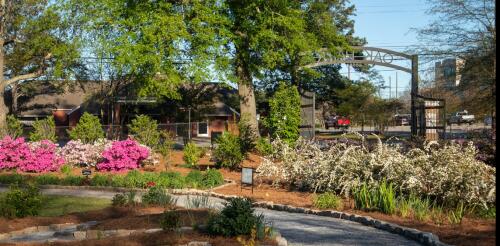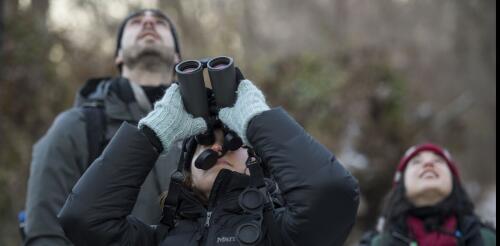Racism
Montgomery, Alabama, touts itself as the birthplace of the U.S. Civil Rights Movement. But although Montgomery now embraces its history of bus boycotts and protest marches, it remains one of the most segregated U.S. cities, and still struggles with racial inequality. Today, Montgomery’s population is almost 60% Black. The poverty rate among Black residents is 30.8%, compared to 10.6% among white residents. The city’s infrastructure is deteriorating, and its tax base is shrinking. Cities with histories of segregation tend to suffer more from systemic racism that remains in the veins of their planning laws and policies. As a scholar of urban design and planning, I wanted to know more about how Montgomery’s history affected access to parks and public spaces there. My research explains how the city’s history still influences modern planning and creates unequal access to parks. Racial inequality is deeply embedded in MontgomeryR...
This winter, tens of thousands of birders will survey winter bird populations for the National Audubon Society’s Christmas Bird Count, part of an international bird census, powered by volunteers, that has taken place every year since 1900. For many birders, participating in the count is a much-anticipated annual tradition. Tallying birds and compiling results with others connects birders to local, regional and even national birding communities. Comparing this year’s results with previous tallies links birders to past generations. And scientists use the data to assess whether bird populations are thriving or declining. But a change is coming. On Nov. 1, 2023, the American Ornithological Society announced that it will rename 152 bird species that have names honoring historical figures. A Townsend’s Solitaire, one of the species to be renamed. Jared Del Rosso, CC BY-ND Soon, Christma...
In his collection of essays and poems published in 1920 titled “Darkwater,” W.E.B. Du Bois wrote about his poignant encounter with the beauty of the Grand Canyon, the stupendous chasm in Arizona. As he stood at the canyon’s rim, the towering intellectual and civil rights activist described the sight that spread before his eyes. The Grand Canyon’s “grandeur is too serene – its beauty too divine!” Du Bois wrote. “Behold this mauve and purple mocking of time and space! See yonder peak! No human foot has trod it. Into that blue shadow, only the eye of God has looked.” But Du Bois’ experience undermined a widely held assumption that was reinforced by early conservationists like Theodore Roosevelt – that only white people could appreciate the landscapes of national parks. For Roosevelt and his progressive allies, saving nature was connected to saving the white race. My research on the history of national parks shows...


